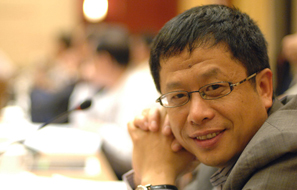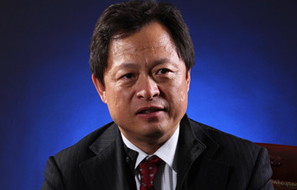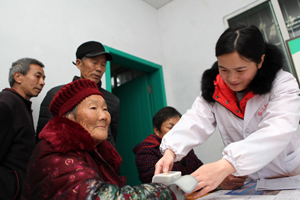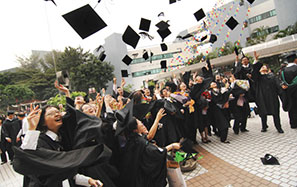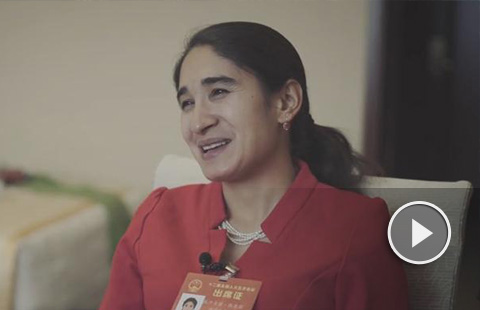Tibet focuses on improving livelihoods
The Tibet autonomous region plans to spend 30 billion yuan ($4.3 billion) improving people's livelihoods this year, according to the region's financial department.
The money will be used on 33 projects, including poverty alleviation, education, health and social welfare, Jiang Guojie, deputy head of the department, said at a recent meeting.
According to the financial department, 8.8 billion yuan will be used on targeted poverty alleviation projects, including one that aims to relocate at least 160,000 people to more habitable locations, this year.
By the end of 2017, the region expects to lift about 130,000 residents out of poverty, and the per capita disposable income of people in poverty is expected to increase by 16 percent, according to the region's 2017 Government Work Report.
Another 6 billion yuan will be invested in the development of border areas of the autonomous region, while annual subsidies to residents in these border areas will also be raised by 1,000 yuan to between 2,500 and 2,700 yuan, Jiang said.
Hu Hong, head of Gyirong county, one of the border areas, said the county's share of the fund, at about 500 million yuan, would be of great help to its development.
The county, which borders Nepal, is now gearing up infrastructure construction for Gyirong Port's opening-up.
"The money will fund projects for water, electricity, roads, communications, greening and public facilities, among others. We are taking this great opportunity to speed up infrastructure construction in frontier townships," Hu said.
Apart from poverty alleviation and border area development, the 30 billion yuan will also be used to raise the minimum living allowances for low-income urban and rural residents, and attract more educational and medical professionals to work in Tibet, Jiang said.
Starting this year, the minimum living allowance for rural residents has been raised from 2,550 yuan to 3,311 yuan a year, while that for urban residents has been raised from 640 yuan to 700 yuan each month.
Jiang said that the region has continuously worked to solve problems that people are most concerned about, boost economic development and improve people's well-being.
In the past four years, Tibet has earmarked 70 percent of its financial resources on livelihood sectors. Last year, nearly 80 percent of the finances were spent on improving people's livelihood, he added.













